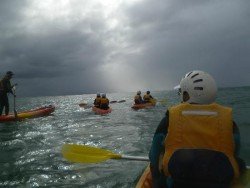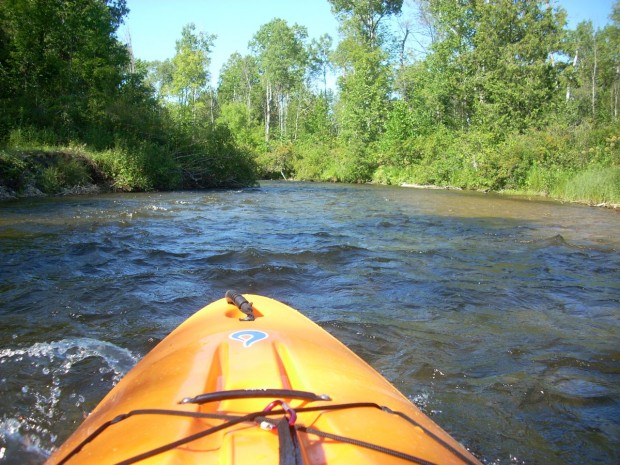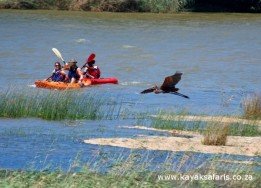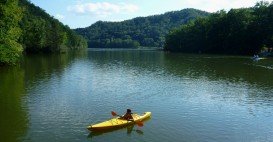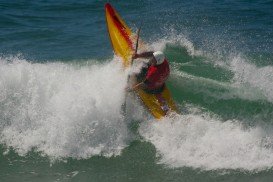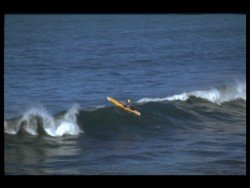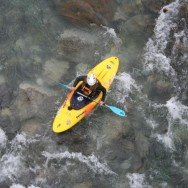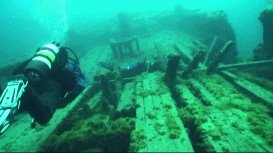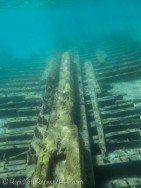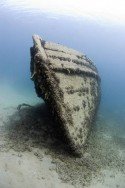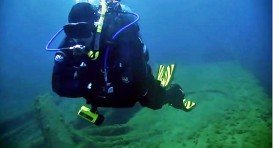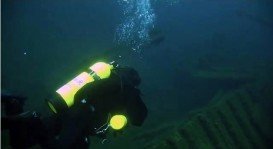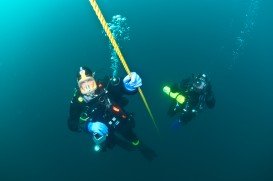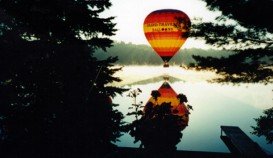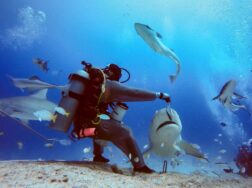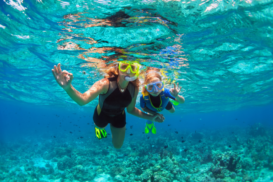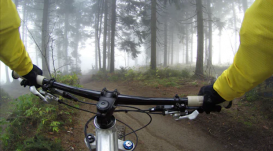Τhe Little Sturgeon River, part of the Sturgeon River, is a 12.3 mi/ 19.8 km long river that runs at the outlet of Corey Lake, north from the small town of Wolverine to empty into east of the outlet of Burt Lake. The Sturgeon River is considered to be the faster river in Cheboygan County and is known for carrying more water by volume than any river in the state of Michigan.
With an average drop of 14 ft (4.26 m), every mile of the Sturgeon River delivers unbeatable kayaking experience. A beautiful canopied river that starts out narrow, but with a strong current and good water level, averaging 3-4 ft/0.91–1.22 m and 6-8 ft/1.83–2.44 m at its deepest point, is full of tricky turns, leaning trees, logs and stumps and will definitely test your abilities. Though Sturgeon is not a whitewater river, you will find its clear water refreshing, as it is common to experience an unplanned dank!
As you maneuver through the Sturgeon River, the wildlife you see along the way or even one of the lovely river cottages of the northern Michigan forests will tempt you to stop paddling, sit back and let the current take you along. You have to keep in mind that you will find many natural obstacles that will challenge you and will require that you stay alert. Remember the water is too cold for unnecessary tip-overs.
